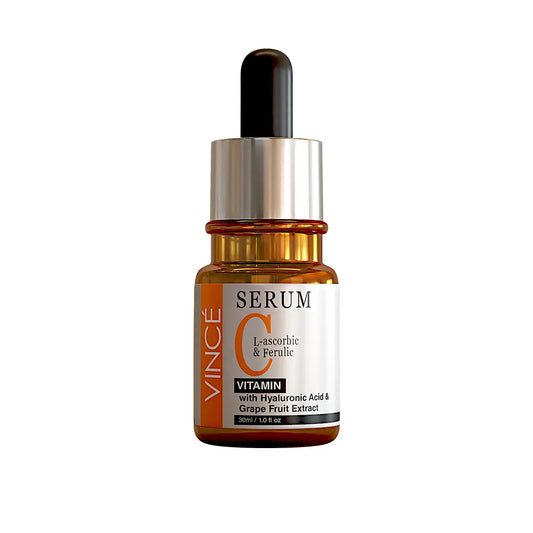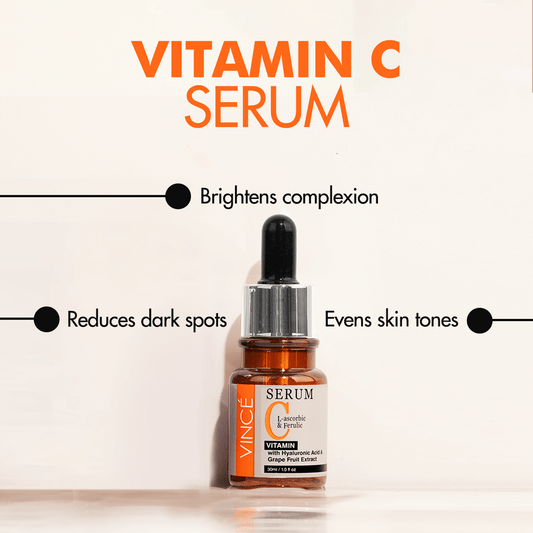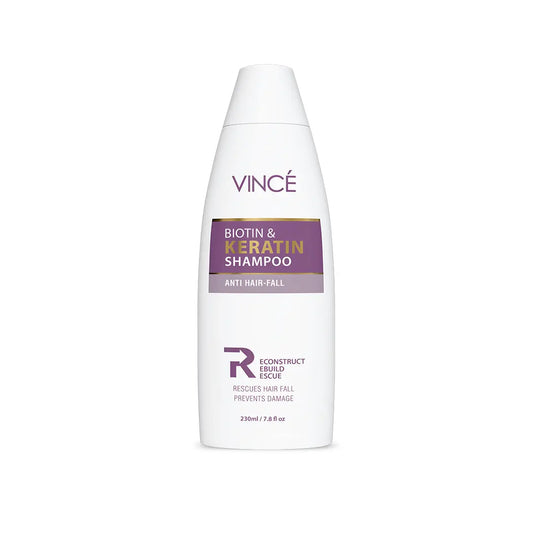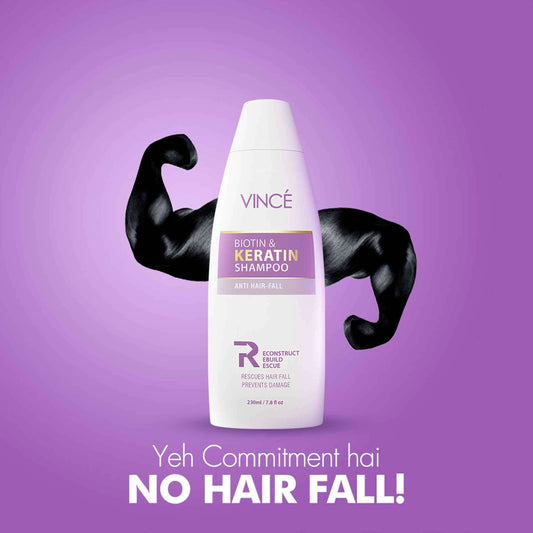10 Simple Steps to Hydrate your Dehydrated Skin

If your skin looks dull and dry, it can signify dehydration. It is natural to think of water when you hear the word hydration. Well, hydrating your skin means increasing the amount of water in it.
However, people often confuse dehydrated skin with dry skin. Although synonyms are almost the same, there is a fundamental difference between the two.
13 Steps To Hydrate Your Dehydrated Skin

Staying hydrated will rejuvenate your skin so that it looks smooth and soft. It is because the outermost layer of the skin contains moisture needed to remove toxins and deliver nutrients to the skin cells. Well-hydrated skin is also less susceptible to itching and germs, which can cause a slippery lipid barrier when the skin is not moist.
Skin deficient in hydration is often itchy, flaky, red or swollen. In addition, dry skin can increase the appearance of wrinkles and fine lines due to the contraction of skin cells.
- Drink a Sufficient Amount of Water
- Skip the Long Hot Showers
- Use Hydrating Skincare Products
- Vice Hydra Face Wash
- Vince Multilevel Moisturizing Cream
- Vince Hydrating Body Milk
- Use Face Masks/Sheets
- Use a Humidifier
- Eat Food Rich In Water
- Exfoliate Regularly
- Reduce the Amount of Caffeine
- Moisturize your skin
- Switch Your Products Based On the Season
1. Drink a Sufficient Amount of Water
The first step in hydrating your skin is to hydrate your body. You are recommended to drink at least eight glasses of water daily. Your body may need more depending on your daily activities and weight.
2. Skip the Long Hot Showers
A steam shower feels incredible, especially when it's freezing outside. But long hot showers can dehydrate your skin and leave you feeling dry. Instead, rinse in lukewarm water and apply a moisturizer when your skin is still wet after a shower. You will leave with soft, hydrated skin.
3. Use Hydrating Skincare Products
Water-based creams recommend for you if your skin is dehydrated. If your skin is dehydrated, the products that penetrate your skin and provide water are essential. Here we are discussing some products which are very beneficial for dehydrated skin.
4. Vice Hydra Face Wash

Vice Hydra Face Wash is beneficial for nourishing your dehydrated skin and making it fresh and soft. It gives moisture to your skin for 24 hours.
This face wash keeps the skin away from dullness and tightness. In addition, it removes dead cells and toxins & unclogs the pores without ripping off the skin's moisture.
5. Vince Multilevel Moisturizing Cream

Vince Multilevel Moisturizing Cream is made with Hydra moisture technology. Optimally, it quenched moisturized skin.
This cream delivers hydration to the lower layers of the skin. It is non-greasy & penetrates instantly to leave the skin soft, supple, and comfortable.
6. Vince Hydrating Body Milk
Vince hydrating body milk effectively responds to dehydration of your skin. This body milk is a unique blend of Hyaluronic acid, Coconut Oil, and Dura Quench IQ, which helps provide long-lasting hydrating effects.
It makes your skin smooth, radiant, and smooth while also giving you the strength to deal with various environmental fluctuations. In addition, it helps your body absorb moisture and hydrate ideally after use.
It provides long-lasting moisture and hydration. This body milk helps reduce dryness. It softens your dry skin and reduces rough spots.
7. Use Face Masks/Sheets
Facial masks are full of hydrating ingredients. A hydrating face mask will keep your skin bold and moisturized in your daily skincare routine. It can also remove dark circles and fine lines.
8. Use a Humidifier
Using a humidifier is a great idea, especially in the winter, but it can be beneficial if you live in a dry climate. Low humidity can make your skin dry. The humidifier can help restore moisture to the air and keep your skin hydrated.
9. Eat Food Rich In Water
Vegetables and fruits are not only hydrating but also beneficial to your skin in many other ways.
For example, citrus-based fruits like oranges and lemons are full of juice and rich in vitamin C, which is essential for maintaining the texture of your skin. In addition, foods rich in vitamins A and B3 are also necessary for improving the overall health of your skin.
10. Exfoliate Regularly
It is crucial to exfoliate your skin to get rid of dry spots, dead cells, etc., that accumulate due to lack of moisture. Be sure to exfoliate once every 4-5 days.
However, remember not to exfoliate too much as too much exfoliation can affect the skin's natural barrier, which reduces moisture.
11. Reduce the Amount of Caffeine
Caffeine and alcohol can reduce the amount of water in your skin, leading to tightness and dehydration. Limit caffeine intake to reduce its effects on your skin.
12. Moisturize your skin
During the summer, your body loses a lot of moisture, so it is essential to hydrate yourself from within. Also, eat water-rich foods and drink adequate water before going to bed.
Honey and milk are excellent natural moisturizers, so you can incorporate them into your skincare routine.
Follow these best ways to make your skin hydrated and moisturized.
13. Switch Your Products Based On the Season
The moisturizer you use in summer cannot do this in winter. You may notice that the skin is dry in winter, so a rich cream can help provide much-needed hydration.
In the summer, you may need mild lotion to help keep your skin hydrated. It is always best to evaluate your skin condition and make adjustments accordingly.
Difference Between Dry & Dehydrated Skin
Dehydrated skin shares many of the same signs and symptoms, but they are pretty different. One of the immediate drawbacks of how these two skincare issues differ is:

Dry Skin |
Dehydrated Skin |
|---|---|
|
Dry skin classifies as a skin type inherited by your genetics. Dry skin is a type that suffers from insufficient production of natural skin oils. In addition, dry skin can associate with hormonal imbalances or a dysfunctional thyroid. It can stop your skin from producing sebum, making it look dry and weak. Although genetics may not alter your dry skin type, you can improve your appearance by adding oily products to your skincare routine. |
On the other hand, dehydrated skin is a condition of the skin. It is due to external factors (weather and climate change), unhealthy diet, and lifestyle choices (alcohol or caffeine consumption). All of these factors reduce the amount of water in your skin, which reduces the appearance of the skin. One crucial way is that a lack of water intake causes dehydration. Even oily skin types can be dehydrated. Fortunately, dry skin is temporary and can treat with a combination of treatments and lifestyle changes. |
The Importance of Keeping Your Skin Hydrated
You probably know hydration is essential for your skin to feel healthy and glowing. But you may not realize that moisturizing your skin once a day does not necessarily.
A solid skincare routine that provides hydration to your skin requires more than just a moisturizer. Keep reading to learn how to hydrate your skin by incorporating the following skin hydration tips into your daily skincare routine.

According to the study, roughness and elasticity can reduce if there is no water in the outermost layer of the skin. These symptoms subside the shine, cause roughness and can be painful. Conversely, increasing water intake can make your skin look more hydrated.
Your skin contains the outer layer (epidermis), the lower skin (drums), and the sub-tissues. When there is no moisture in the outer layer of your skin, the skin will lose its elasticity and feel rough.
Treat Dehydrated Skin With Your Diet
Not surprisingly, drinking water is at the top of the list for hydrating the skin, but it must also combine with a healthy diet of essential fatty acids. Internally, our skin needs both water and lipids to keep it hydrated.
In addition, foods like nuts, seeds, avocados and oily fish can positively affect the overall hydration level of the skin and the skin surface.
How to Test Skin Hydration Level?
Before diving into this, it is good to check your skin's current hydration level. Here's a simple test to help you do that. First, pinch the fleshy part of your skin with your finger and thumb where the cheeks and under eyes meet.
When you do this, your skin will look tentative for a moment or get stuck in the shape of your pinch. Your hydration level indicates how quickly your skin returns to normal.
The sooner it comes back, the higher the hydration level. Conversely, skin that slowly returns to its normal position often indicates dehydration.
what are The Causes Skin Dehydration?
Air and water are essential elements of fresh and smooth skin. Water makes up about 65% of an adult's total body weight. Thus, a person weighing 70 kg contains about 49 litres of water which 15% is concentrated in the skin.
Water plays an essential role in skin hydration. The skin is a reservoir into which other organs tap. It facilitates the exchange with the external environment. Water propagates from the drums to the surface by impregnating different layers.
This water flow is called Transepidermal Water Loss. Naturally protected by a hydraulic film on its surface, the top most layer of the epidermis prevents this evaporation.
If this physical barrier is damaged, the TEWL accelerates, thus drying the skin. As a result, water in the dermis no longer circulates in the epidermis, and the hydrolipidic film stops working correctly.
What Are The Signs Of Dehydrated Skin?
These are four major signs of Dehydrated skin
- Increased Sensitivity
- Dull Skin
- Itchy Skin
- Fine Lines And Wrinkles
1. Increased Sensitivity
One of the most significant consequences of dehydration is an increase in the skin's sensitivity. When your skin's moisture barrier is disturbed, it cannot adequately protect itself from external environmental pressures. As a result, itching, bacteria, and contaminants can enter the outermost layer and increase the symptoms of redness, itching, and burning symptoms.
These are the best 5 ways to repair your skin moisture barrier.
2. Dull Skin
If your skin is dull and tired, dehydration affects your skin's ability to perform essential functions such as cell turnover. Without proper hydration, the skin does not shed its outer layer, and dead cells accumulate on its surface. As a result, it contributes to closed holes, congestion, and poor color.
3. Itchy Skin
When you return from a vacation or a day at the beach and feel the need to scratch, external elements such as air changes in temperature can zip moisture out of the outer layer of your skin. It can cause a tight and itchy skin feeling. Regardless of the amount of oil on the surface of your skin, it is often accompanied by flaking.
4. Fine Lines and Wrinkles
Dehydrated skin usually looks dull and may show signs of premature aging, such as surface wrinkles and loss of elasticity. The best way to tell if your skin is dehydrated is to have a pinch test. However, unlike smiley faces or coyotes' feet, these wrinkles appear as a network of small, triangular fine lines.
Conclusion
The skin's moisture barrier, made up of cholesterol, fatty acids, and ceramides, is responsible for retaining moisture and keeping your skin hydrated and healthy.
When skin gets bad, it can lead to severe skin hydration problems. Fortunately, the moisture barrier loss is not permanent. With the right lifestyle changes, you can eliminate damage and restore proper hydration to your skin.





